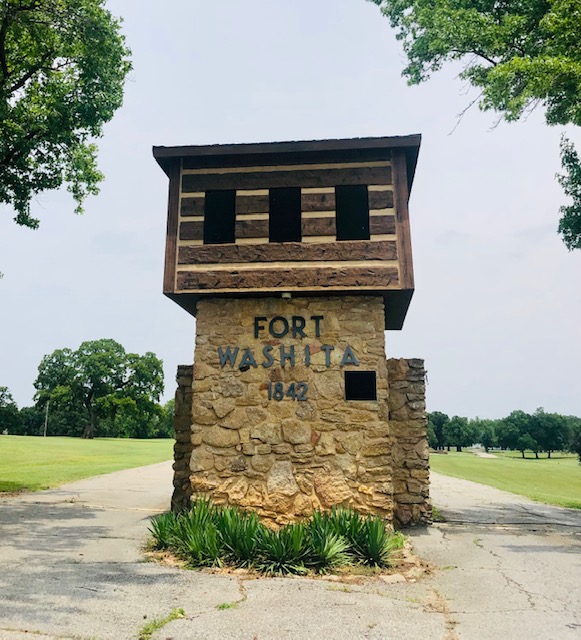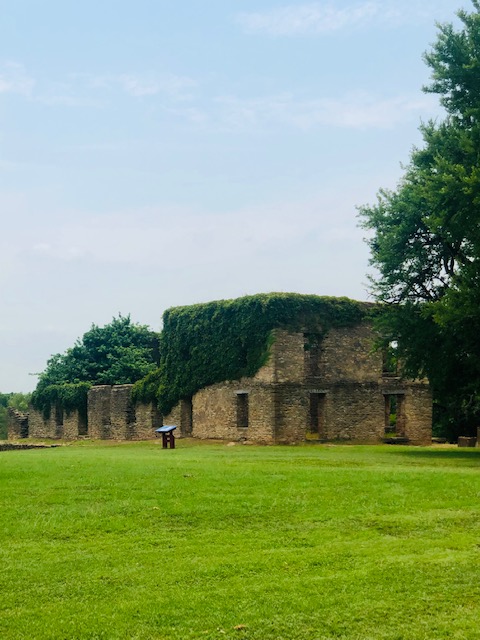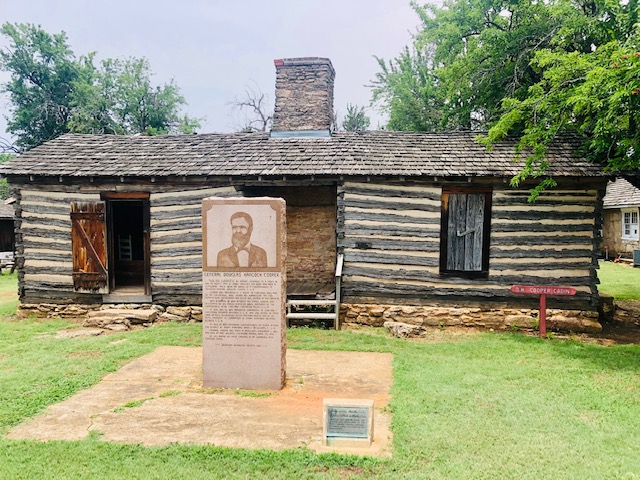by Jeffery W. McKelroy
In 1830 under President Andrew Jackson the United States Senate ratified the treaty of Dancing Rabbit Creek. The treaty between the United States government and the Choctaw Nation ceded 11 million acres of their land to the United States and began the forced removal of the Choctaw to Indian Territory, present day Oklahoma. Prior to the treaty the Choctaw inhabited Alabama, Mississippi, Arkansas, and Louisiana.
Over the three years of removal to Oklahoma the Choctaw endured much hardship. Many members of the tribe perished along the way and even more fractured from the main group. About 5,000 – 6,000 decided they could go no further, they renounced tribal membership, accepted the “White Way” and set up small communities along the way.
When the 15,000 remaining Choctaw along with 1,000 of their slaves arrived in Indian Territory, they were not welcomed by the Plains Indians, primarily the Apache, Kiowa, and Comanche. The Chickasaw tribe arrived about a year after the Choctaw and were given a place to live in a less defensible area. The Choctaw and Chickasaw were frequently harassed by war like tribes, but the Chickasaw took the brunt of the attacks.
In response to the frequent raiding parties, who also attacked settlers, the U.S. government built Fort Washita in 1842 as the southwestern-most military post of the United States. The mission of Fort Washita was to maintain peace for the Chickasaw and Choctaw Nations within their new lands.
Fort Washita operated as a United States military post until the start of the Civil War in 1861. At the beginning of the war, the soldiers of the fort received word that a force of around 3,000 Texas Confederate troops were on their way. They decided to abandon the fort and removed themselves to Fort Sill, Oklahoma. Fort Washita was then occupied by Confederate forces through 1865. The fort was set ablaze and almost entirely destroyed by the Confederates as they fled at the end of the Civil War. It was never again occupied by federal troops and the land was eventually returned to the Chickasaw Nation.
Today the ruins of the fort and the post cemetery are open to the public and there is a small museum and gift shop.
Even since the first occupants of the old post took possession after the war there have been tales of spirits, strange happenings, and disembodied voices on the land.
One story is that of a woman known as Aunt Jane. Aunt Jane worked on the post and was reportedly a Union spy. Somehow, she was found out and brutally murdered and beheaded. The first owner of the old post after the war lived in the old barracks building and owned over 30 racing dogs. Dog races are an important tradition for Native Americans. Every night just after sunset all of the dogs would disappear but could be heard howling all night from the nearby woods. By sunrise they had returned. He was so disturbed by this that he divested himself of the land and moved away.
The next owner was a man named Dr. Steele. He too lived in the old barracks building. His young daughter often complained of seeing what appeared to be spirits moving through the house at night and on more than one occasion saw the headless spirit of Aunt Jane. Dr. Steele himself on at least one occasion witnessed ghostly soldiers marching silently across the parade field. Eventually the hauntings became too much, and the family moved, burning down the barracks as they left.
There have been so many ghost sightings at the fort that they now have nightly ghost walks in October. The fort is located in a very remote area but is well worth the drive. If you happen to be there in October, you may just experience a little more than just history.


The haunted ruins of the barracks

The author trying to stay in what little shade there is, near the old barracks.


The museum and gift shop. Originally the Chaplain’s Quarters.

Make a one-time donation
Make a monthly donation
Make a yearly donation
Choose an amount
Or enter a custom amount
Your contribution is appreciated.
Your contribution is appreciated.
Your contribution is appreciated.
DonateDonate monthlyDonate yearly
Leave a comment